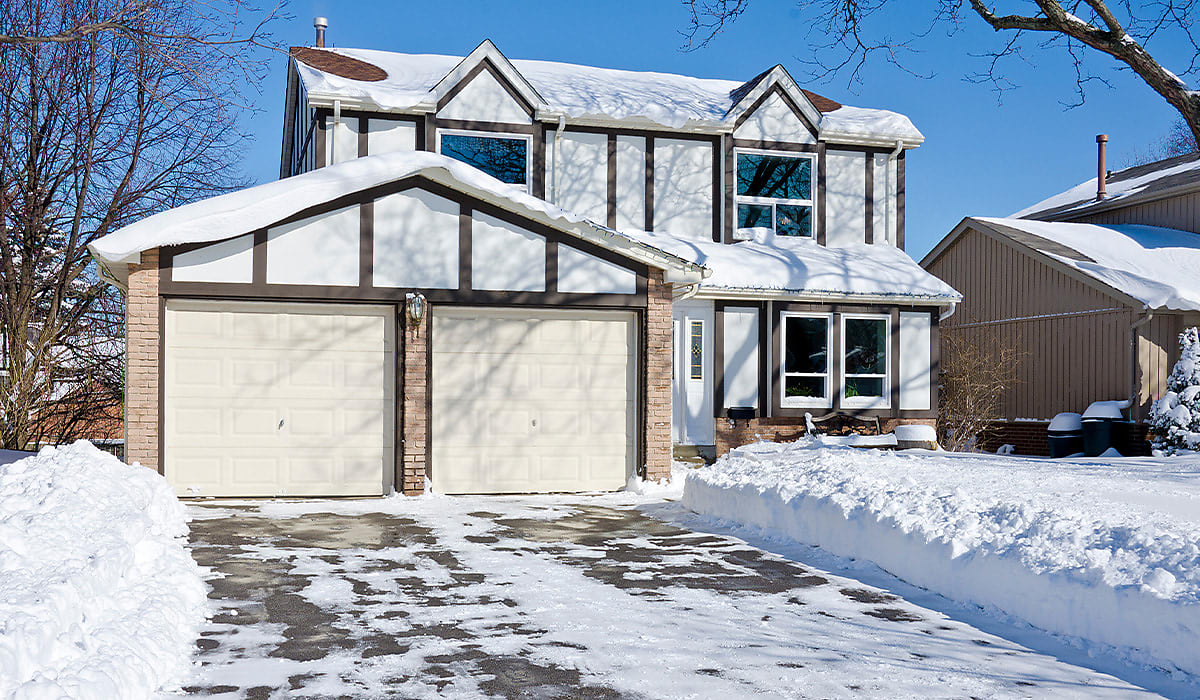Colder than Sweden? The truth about Australia’s homes in winter
No, you’re not crazy – your home really is too cold, and the World Health Organisation can prove it.

Every year, 6.5 per cent of Australian deaths are caused by cold.
As well as triggering circulatory diseases like pneumonia and influenza, chilly temperatures can exacerbate heart disease and high blood pressure, causing about 5,300 Australians to die each winter.
In contrast, just 3.69 per cent of deaths in Sweden and 4.46 per cent of deaths in Canada are linked to cold weather, according to a 2015 study in The Lancet.
Why are so many Australians dying from cold? According to experts, our homes may be to blame.
“Australian homes tend to be uninsulated, draughty and fitted with inefficient heaters,” explained Dr Nicola Willand, a senior lecturer with RMIT’s school of property, construction and project management.
“Even Australian regulatory standards reinforce underheating. The national Nationwide House Energy Rating Scheme (NatHERS) […] assumes a heating thermostat setting in bedrooms of 15 degrees, which is lower than the 18 degrees recommended by the World Health Organisation, between midnight and 7am in the morning,” said Willand.
The early-morning rush to get your clothes on before your fingers turn into icicles is something many Australians know and dread. But most Australians believe this morning chill is something we should just put up with.
According to researchers at the University of Adelaide, this stoic attitude is part of the problem.
“This Australian attitude of winter stoicism – also observed among New Zealand households – has led to the construction of homes that give little consideration to winter conditions, as well as the tendency to underheat homes,” the researchers wrote.
Instead of heating our homes adequately, Australians create elaborate coping strategies, such as rugging up with blankets and puffer jackets, and sipping on warm beverages.
These body-heating strategies, however, ignore “the risks of cold indoor air for respiratory and heart health, infections and mould”, according to Willand.
For Dr Trivess Moore of RMIT, the long-term solution to this problem is to build a robust retrofit industry.
“Retrofit includes low-cost options like sealing up gaps and cracks, and adding or improving insulation in the ceiling, walls and underfloor – through to more significant changes like installing double-glazed windows.”
“We need to complete deep retrofit of almost 50 dwellings an hour until 2050 if we are to retrofit the existing housing stock,” Moore said.

